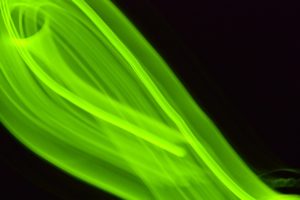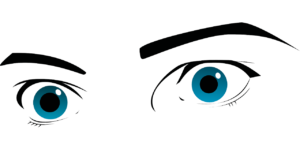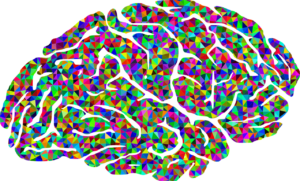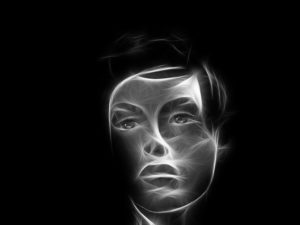An Accordion in Your Brain

Cerebellum Basics
Your cerebellum is a separate part of your brain that sits under the occipital lobe. It is responsible for unconscious motor functions, and is organized differently than the cerebrum. It is packed tightly together in neat folds like an accordion. And it has 3 lobes:
- Anterior (in the front) – it keeps the body visually “centered” and on balance, as well as moving the head or body to keep the eyes level with the horizon. Alcoholism can cause damage to this area that results in a person being sober but still walking “drunk”.
- Follcular-nodular (in the middle with nodules on it) – responsible for eye movement in response to motion. It is responsible for correcting balance based on signals from the body rather than the eyes. This is how you know you’re falling over when you have your eyes closed. Also responsible for muscle tone (aka the passive contraction or “readiness” of a relaxed muscle).
- Posterior (in the back) – responsible for fine motor coordination and it turns off signals for involuntary movements.
Purkinje cells are the main type of neuron in the cerebellum – SO BEAUTIFUL!!
Connect with me
Support us on Patreon
*NEW* Join the Pharmacist Answers Podcast Community on Facebook
Subscribe: iTunes, Stitcher, GooglePlay, TuneIn Radio
Music Credits: “Radio Martini” Kevin MacLeod (incompetech.com) Licensed under Creative Commons: By Attribution 3.0 http://creativecommons.org/licenses/by/3.0/




